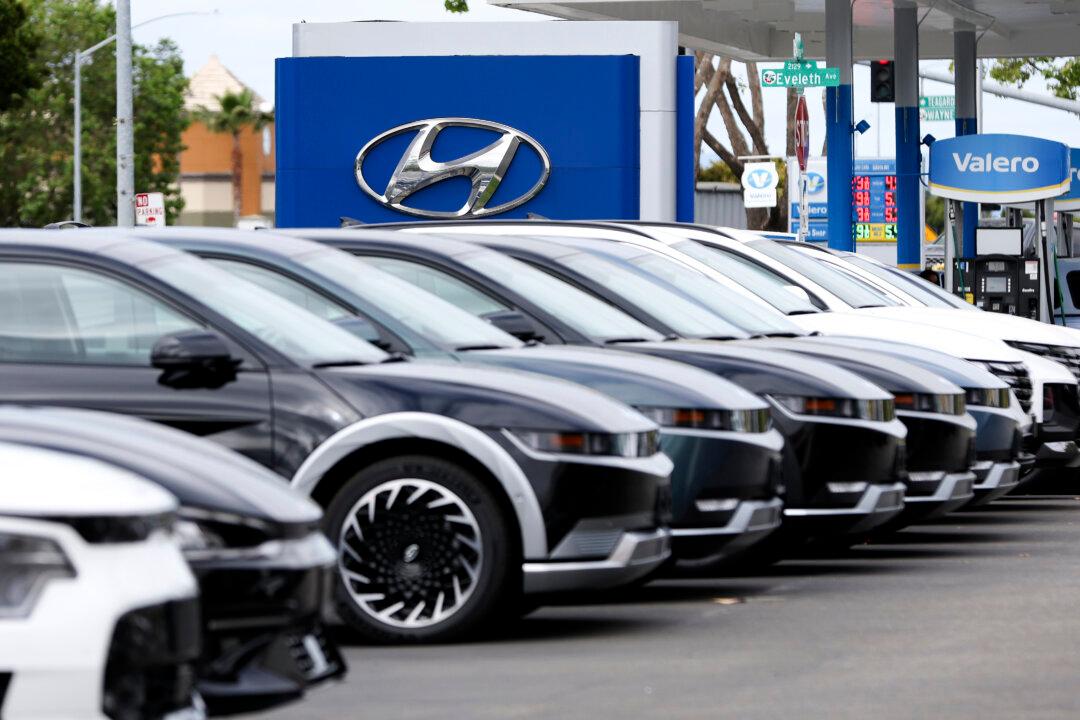The Manheim Used Vehicle Value Index, an indicator of pricing trends in the used vehicle market, jumped by 4.9 percent year-over-year last month to 208.2—the highest reading since October 2023. Compared with March, the index was up 2.7 percent.
“We expected to see strong price appreciation in response to the tariffs, and that’s exactly what came,” said Jeremy Robb, senior director of economic and industry insights at Cox.
“As we move into the second half of the year, though, the auto market may slow as strong demand likely pulled some transactions forward in March and April as buyers tried to get ahead of expected higher prices due to tariffs,” he said.
The order seeks to prevent overlapping duties from being applied to the same vehicle or auto components.
While carmakers will still pay a 25 percent tariff on foreign-made vehicles, they are exempt from other import duties, such as the universal 10 percent baseline tariffs or the 25 percent tariffs imposed on aluminum and steel imports.
The new policy adds the “finishing touch” to the Trump administration’s plan to strengthen domestic auto manufacturing, a Commerce Department official told reporters.
“This is designed to allow all of the domestic auto manufacturers to grow their plants, to grow new employment, and to build more factories in America.”
Preventing the overlapping of various tariffs would avoid unnecessary price surges in both new and used vehicles.
US Auto Manufacturing
When announcing the auto tariffs in March, the Trump administration said the move was necessary to “protect America’s automobile industry, which is vital to national security and has been undermined by excessive imports threatening America’s domestic industrial base and supply chains,” according to a March 26 White House fact sheet.“Employment in automotive parts manufacturing totaled approximately 553,300 jobs in 2024, a decline of 286,000 jobs or 34 percent since 2000.”
S&P forecast U.S. auto sales to decline by roughly 700,000 units this year and by 1.2 million units in 2026.
“The U.S., Canada, and Mexico have built an interdependent trade and manufacturing ecosystem over the past thirty years. Trump’s auto tariffs are providing a shock to the system and are expected to result in higher manufacturing costs and higher vehicle prices in all three countries,” the report said.
Meanwhile, multiple auto companies have announced new investments or production shifts into the United States.
“All of these efforts will accelerate the localization of our supply chain in the U.S. to expand our operations and grow our American workforce,” Chung said.







